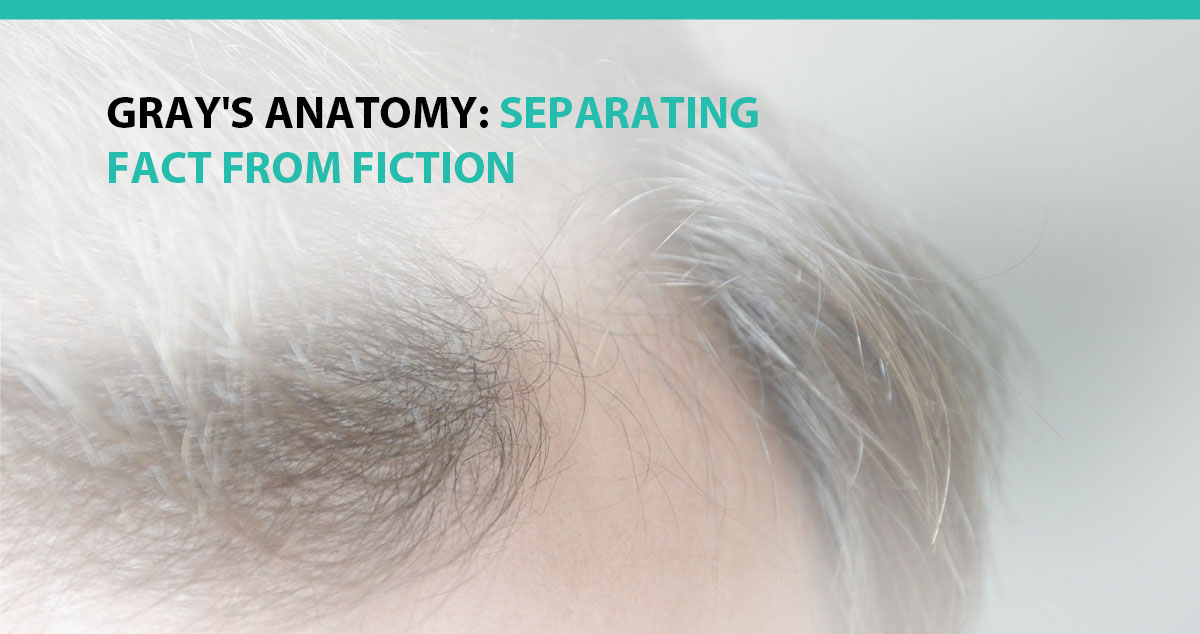
I recently had a customer ask me an interesting question. I have heard it many times, but enjoy answering it nevertheless, as curiosity is what keeps us all going.
“Can Gray Hair Be Transplanted?”
I’m rather attached to my salt-and-pepper gray hair and cannot really imagine it any other color. I believe there are many others who feel the same. We tend to wear it as a badge of honor, especially after a certain age. On the other hand, I also understand the first time someone discovers a gray hair on their head and feels it will be the beginning of a long fight with mother nature with their youthfulness on the line.
The simple answer to the question is yes. It can be transplanted and is often easier to work with during the procedure due to its texture.
But if you want to know if the transplanted hair will “regain its youth” and turn back to its original color, it will not. Do not let product marketing attempt to convince you of something that science has already covered.
Grey hair is gray because the hair follicles have begun losing melanin and cannot produce it on their own. Hydrogen peroxide naturally occurs inside our follicles and accumulates with age. This collection over time prevents the melanin from producing the pigment it formerly produced. And once melanin production stops altogether, the hair becomes white the next time a hair is grown in that follicle.
Your hair cycle (how long a single hair grows) is mostly affected by genetics. It’s why our hair stops growing at a certain length. A singular hair’s typical cycle is 1-6 years of growth and then it will naturally fall out or shed. It will then grow a new one if it can. The longer you’ve lived, the more hair cycles have occurred, so after a certain age, the odds are that the hair will eventually be white.
“Is Grey Hair a Good Candidate For Transplant?”
If you have gray or white hair growing on your head, it is a great candidate for transplanting. This is especially true if the transplant hair is from the back or sides of your head, as those areas are genetically programmed to resist hair fallout.
So if you believe you’ve missed out on anything by not transplanting while you were younger, rest assured that now is a perfectly good time to act. Remember that you are the hair donor for your transplant and that means that if you have dark hair now, your transplanted hair will be dark and will stay dark as long as mother nature wants. If your hair is white now, your transplanted hair will be white and will look just like you currently do, except with much more hair showing.
If you are considering hair restoration, please contact us today to schedule a consultation and discuss your personal needs.










